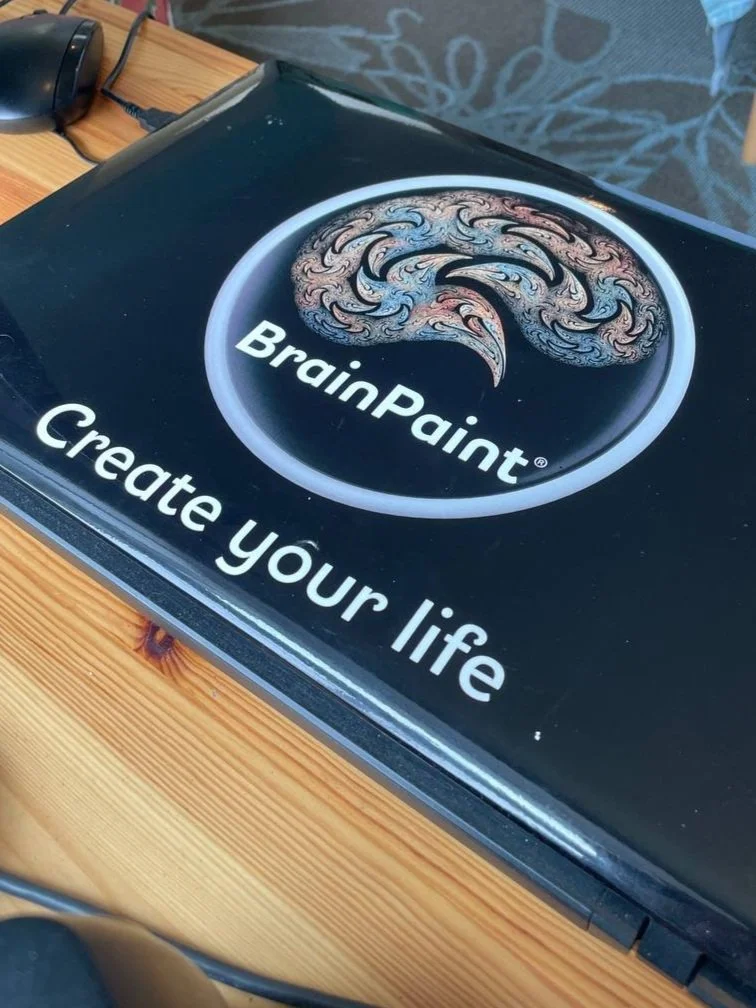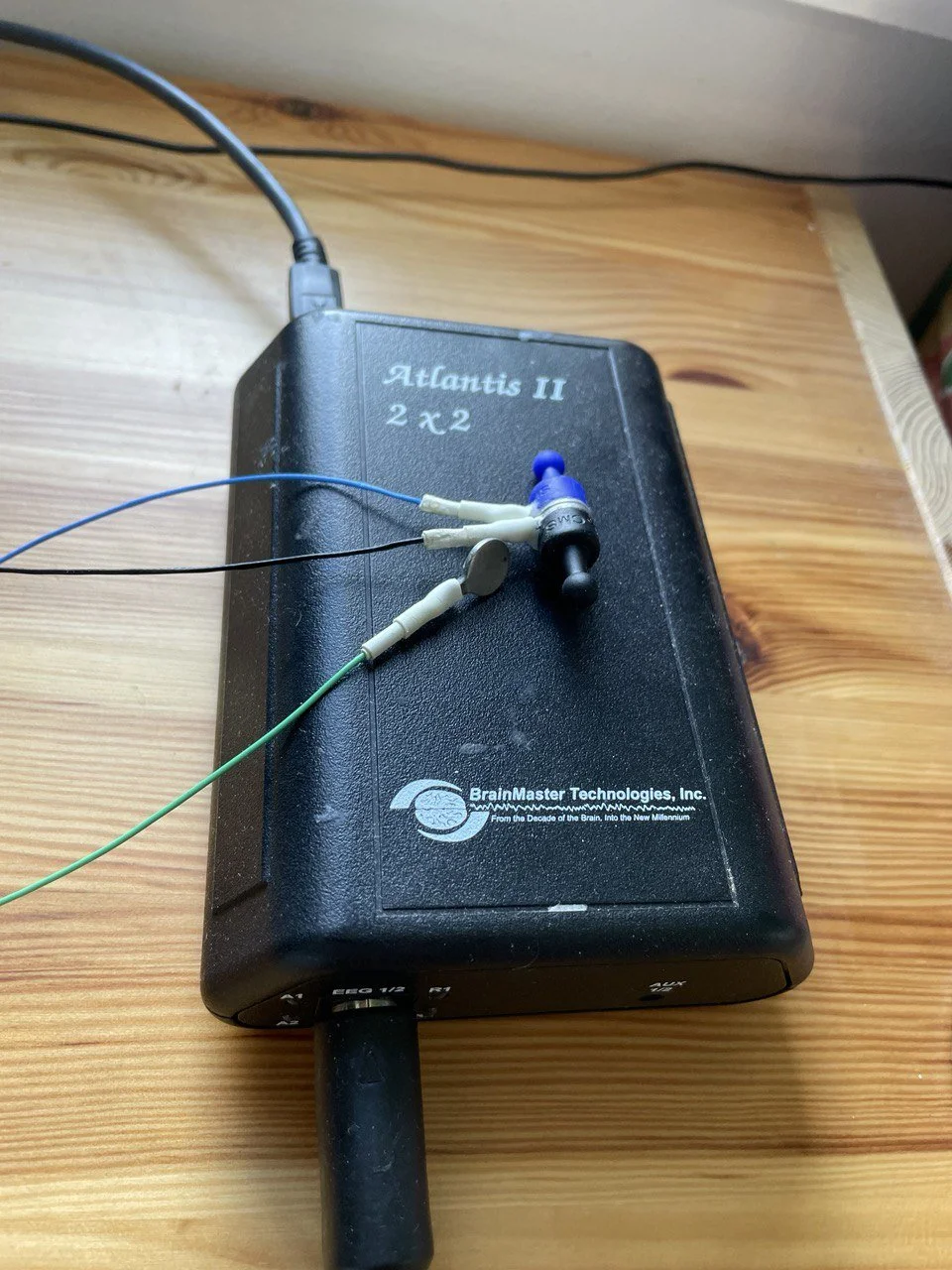Neurofeedback is a workout for your brain with lasting results.
Modern support for a modern world
What is Neurofeedback?
It all begins with brainwaves. What are brainwaves?
Brainwaves are the sum total of millions of neurons all firing at once. The number of neurons sparking in the brain at a certain frequency (speed) convey information that defines the amplitude (or power). Brainwaves are measured in Hertz (waves per second), and have a spectrum of frequencies. Each frequency spectrum carries a different meaning about emotions, physical movement, concentration, and creative expression. Issues happen when specific frequencies do not fire optimally for a given activity. For example, it is not optimal for beta frequency, the “go” brainwave, to be dominant at night or it causes insomnia. By the same token, delta, the “sleep” brainwave causes daytime drowsiness and insomnia if it is too active during the day.
How does Neurofeedback work?
Think of your brain as a race car, capable of incredible performance. Now imagine a driver behind the wheel who does not know how to properly shift gears. It is for this reason that people find their brain encumbered by problems.
Brainwave training teaches the Brain to work at its fullest capacity, to switch gears as needed for the task at hand.
Q: What is the best way to learn?
A: Experience and feedback.
Other common feedback loops include:
Mirrors - Looking in the mirror gives us all sorts of visual feedback, which inspires action. Behaviors are directly related to areas of focus. You may get a new haircut or brush your teeth.
Video Playback - Recording a golf or tennis swing gives athletes visual feedback on how they can find tune their technique.
Audience - Comedians use live audiences to give them audio feedback on whether their material is funny.
Gravity - We all use kinesthetic feedback from gravity to develop new neural connections to learn how to walk or ride a bike.
In the care of EEG biofeedback, software gives visual and audio feedback to provide an experience to the brain of enhanced function, specifically to improve its regulation of thoughts, feelings and focus. As with everything we learn, a beneficial lesson makes a lasting impression.
How may Neurofeedback help me?
Since the Brain is the master regulator, most people will enjoy benefits from neurofeedback depending on their objectives. The most common applications for it are:
Depression
Insomnia
Anxiety
ADD/ADHD
PTSD
Addiction
Increased Energy
Relationships
Fears
Trauma
Stress
Autism
Performance
Test Anxiety
Meditation
Brain Injury
faqs
Common questions about Neurofeedback
-
Just as your brain makes sense of information being fed to it from gravity, it makes sense of the information being conveyed to it by the software. The brain is an organ that processes substantially more information than your mind could handle. Your mind can not even see, hear, smell, taste or consciously feel earth’s gravitational pull, yet your brain is constantly sending neural commands to muscles according to feedback it receives from gravity. Even though your mind wants to understand and even participate in your neurofeedback session, it is your brain that we are training.
-
No. Absolutely nothing goes into the brain. Sensors are put on the scalp to pick up electrical activity coming from your brain.
-
Generally people notice improvements within the first 5-8 sessions, but this does not mean that you are finished. To achieve your goals and for longer lasting results 20-30 sessions are recommended.
Ready to get started?



